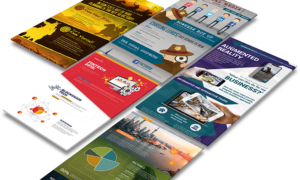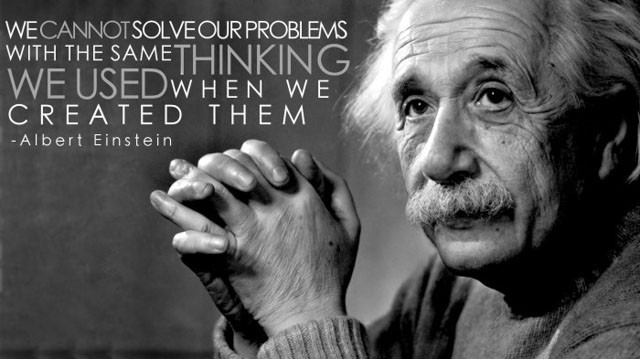
“How much does it cost to hire a graphic designer to create a PowerPoint presentation for me?”
This is a common question we often get right off the bat from potential clients looking for a PowerPoint specialist, but it’s not a simple question to answer. First, we need to know about your business needs, your resources, and your goals. Are you a small startup or a Fortune 500? Basically, it’s a very personalized process, and there’s no blanket answer for it.
It’s a lot like asking, “how much does it cost for you to make me a website?”

There are a myriad of factors that go into the cost:
How big of a business are you?
How high-end do you want your website to be?
Do you already have a website to use as a foundation?
What kind of functionality do you want the website to have?
Just like web design, there are quite a few factors that we custom tailor to the needs of each client when landing on the price for their deck. That means what your presentation deck costs can be a little… or a lot.
The Low End Pitch Deck ($1,000 to $3,000)
Prices in this range fall into two categories, returning clients looking to improve a deck they’ve already had designed, and they’d like to perform relatively minor improvements to it. A complete overhaul of a presentation requires much more time and effort.
The other group that falls into this category are those looking for a new, custom-designed deck, but are only willing to pay the bare-bones price for it, which we highly discourage. Having a solid visual aid is the second most important part of a presentation. The first is showing up. You don’t want to skimp on your PowerPoint presentation, because that’s sure to leave a bad taste in the mouths of potential clients or investors.
Remember, a professional PowerPoint presentation is an investment. An investment that will surely produce an ROI and help impress and attract new clients, which is the opposite effect that a mediocre presentation will have. A bad impression is worse than no impression at all.
Mid-range Presentation Design ($3,000 to $10,000)
Most of our clients fall into this range. This involves either significantly revamping a previous presentation, or doing a new presentation involving a significant amount of animation and custom graphic design.

The wide amount of variation in this range depends largely on the quantity of slides in your deck and the amount of graphic design and animation needed on each slide. Again, costs here can be greatly leveraged depending on how much copywriting, design, and multimedia is being brought to the table by the client.
The Upper End Presentation Services ($10,000 to $50,000)
If you’re a young startup looking to breaking in to a competitive, high-end market and you don’t have much to show for yourself concerning branding or multimedia, we can do it all for you, but it will be a significant cost. Building a public, corporate identity through a presentation is a huge task, so it’s best to do it right the first time.
This range also includes multi-deck projects and large decks nearing the triple-digit slide count. Also in this range are the custom-designed slide libraries, which are essentially an interchangeable database of slides that can be catered to the individual needs of sales teams with in larger companies, while maintaining a consistent set of slides controlled by management.
We’ve found the most satisfied clients are the ones who view presentation and pitch deck design as an evolving, ongoing relationship. While a small startup may initially only have the resources for a fairly basic presentation, they are able to continue working with us, and improve the professionalism, appeal, and selling power of their presentation as their business expands, and they have more to invest in a presentation’s power to attract new clients.
This allows the client to not only spend just the resources they have available, they’re able to constantly pinpoint and customize exactly what they want out of a presentation, and consequently, as presentation designers, we’re able to figure out over time exactly what optimizes your business from a presentation point of view. We work best when our process and your business grow alongside one another.











